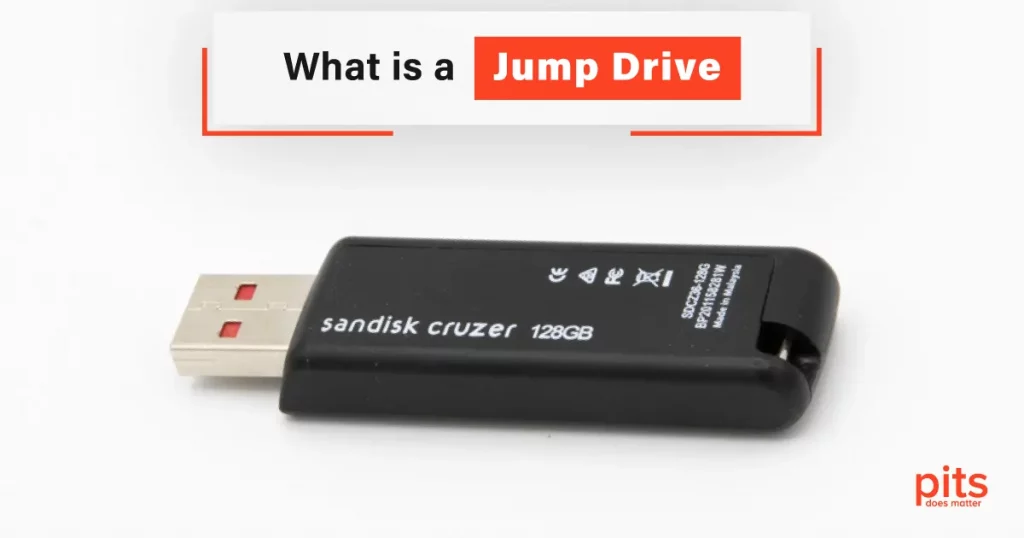In the fast-paced digital age, where data is at the core of our personal and professional lives, having a reliable and efficient way to carry and transfer information is crucial. Enter the jump drive, also known as a flash drive, thumb drive, or USB drive. In this comprehensive guide, we will break down what a jump drive is, how it works, how to use it, and the pros and cons associated with this versatile storage solution.
Understanding Jump Drive
A jump drive is a portable storage device that has revolutionized the way we handle and share data. Unlike traditional storage devices with moving parts, such as outdated floppy drives, jump drives employ flash memory technology. This shift from volatile storage media to non-volatile flash memory marked a pivotal moment in the world of data storage and transfer.
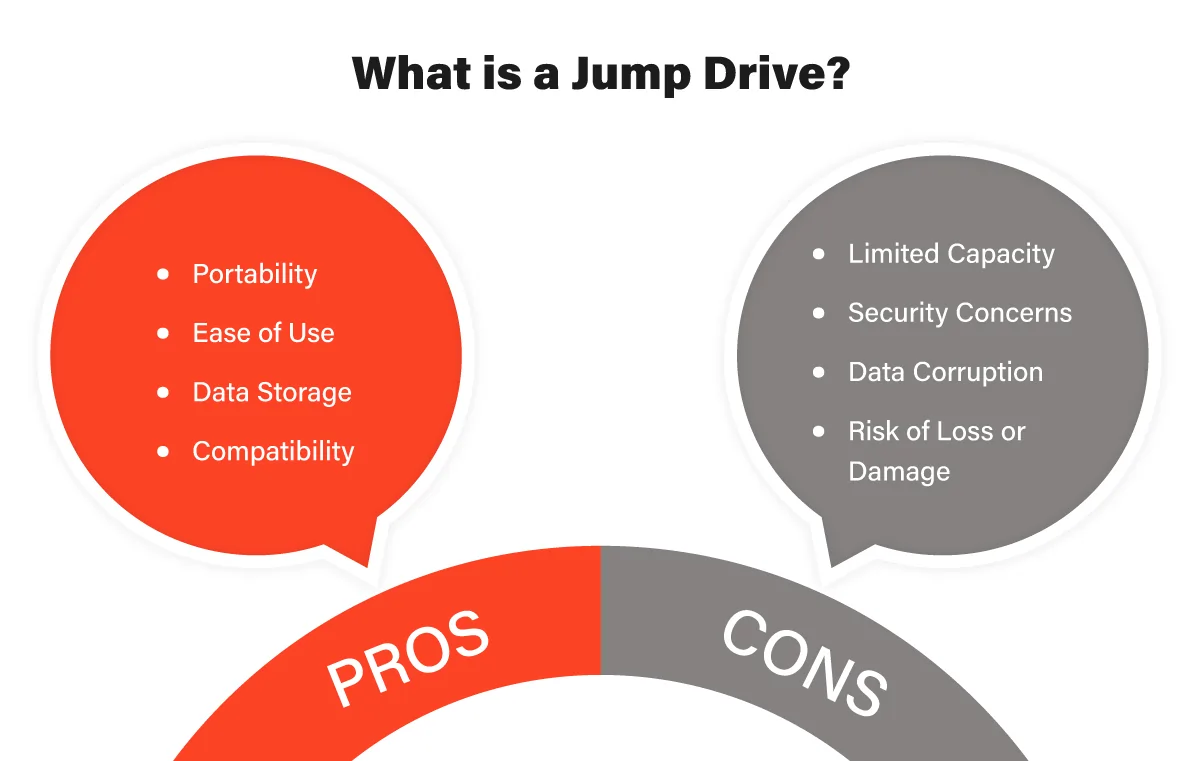
How to Use a Jump Drive?
Using a jump drive is a simple and straightforward process. Here is how:
Plug-and-Play
A jump drive typically features a USB port that allows you to connect it to a computer. This connection is hassle-free, thanks to the plug-and-play functionality. When you plug the jump drive into a USB port, the operating system recognizes it without the need for additional installations.
Data Transfer
Once connected, you can transfer data between the jump drive and your computer. This data can include documents, images, videos, and more. You can drag and drop files from your computer onto the jump drive or vice versa.
Eject Safely
After you have transferred or accessed the desired files, it is important to safely eject the jump drive from your computer. This prevents data corruption and ensures that the files are securely saved.
Pros and Cons of Jump Drives
Jump drives offer a plethora of advantages that have contributed to their widespread adoption. However, like any technology, they also come with a few drawbacks:
Pros:
Portability
Jump drives are compact and lightweight, making them easy to carry in your pocket, bag, or keychain.
Durability
With no moving parts, jump drives are more resistant to physical damage than traditional storage devices.
Quick Data Transfer
USB 3.0 technology has significantly improved data transfer speeds, allowing efficient and swift file sharing.
Compatibility
Jump drives are compatible with various operating systems, making them versatile for sharing data across different devices.
Cons:
Limited Storage Capacity
While jump drives come in various storage capacities, they might not be suitable for storing extremely large files or extensive data libraries.
Risk of Loss
Due to their compact size, jump drives are easily misplaced, potentially resulting in data loss or security concerns.
Data Security
If not properly encrypted or password-protected, the data on a jump drive can be vulnerable to unauthorized access.
Advantages of Jump Drive Services with PITS Global
Dealing with losing vital data stored on a jump drive can lead to considerable frustration. Thankfully, PITS provides specialized jump drive recovery services tailored to assist you in reclaiming your missing files. Their team of skilled technicians employs advanced data recovery methods to ensure your data’s swift and effective retrieval.
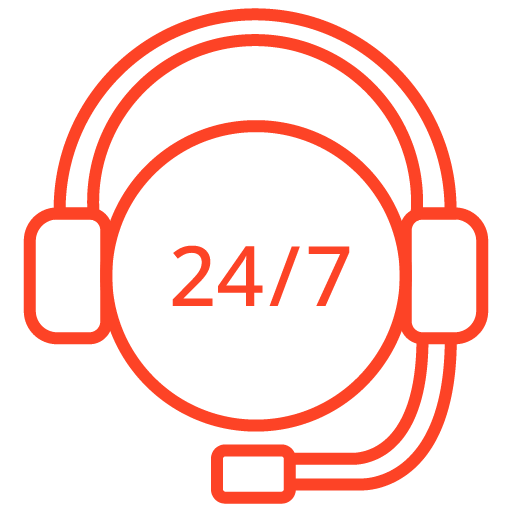
If you’re facing a data loss situation, don’t hesitate to contact us. Our 24/7 data recovery services are available to you, 365 days a year. Let us help you recover your precious data today.
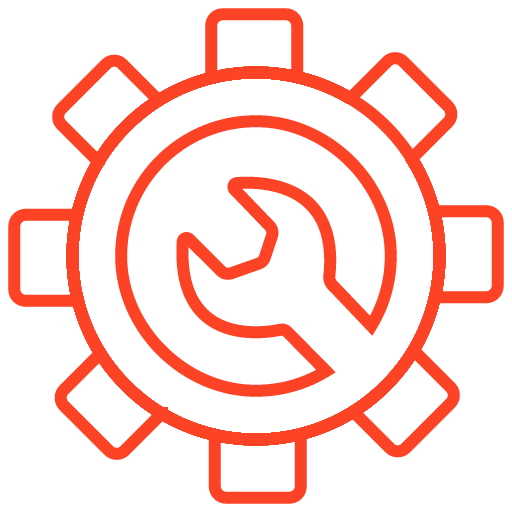
We start the recovery process with a risk-free evaluation. Our technicians estimate reasons for data loss and the level of damage. Based on it, we select the most suitable recovery strategy.

With years in the data recovery industry, our company supports the highest customer satisfaction rate. We do everything to provide a positive experience for our clients.
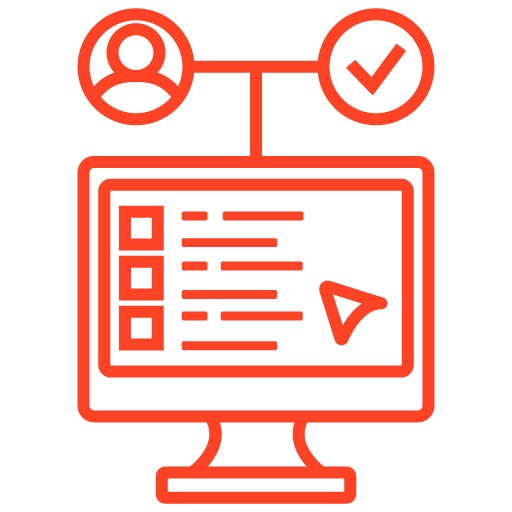
During our remote customer file verification session, you will thoroughly review all necessary documents and records to ensure accuracy and compliance.

We offer data recovery services from over 50 locations across the US. This means that no matter where you are located, you can access our services to recover the data.

With our certified data recovery services and 99% success rate, we are confident that we can recover your precious data and get you back up and running in no time.
Whether you have unintentionally deleted files, formatted your drive, or confronted a physical malfunction, PITS is prepared to lend a hand. Boasting an impressive track record of successful recoveries and a strong commitment to exceptional customer support, PITS Global Data Recovery Services emerges as a dependable and esteemed option for jump drive data recovery.
Utilizing a wealth of expertise, skill, and cutting-edge tools within our arsenal, our team excels in recognizing and recovering data from a variety of jump drives. Our focus lies on delivering rapid and efficient services, ensuring the prompt return of your revitalized data.
Frequently Asked Questions
What is a jump drive?
A jump drive, also known as a flash drive or USB drive, is a small portable storage device that can store and transfer data like documents, photos, and videos.
How does a jump drive work?
A jump drive works by using flash memory technology to store data electronically. When you plug it into a computer’s USB port, you can access and transfer files quickly.
How much data can a jump drive hold?
Jump drives come in various sizes, typically ranging from a few gigabytes (GB) to several terabytes (TB), so you can choose one that suits your storage needs.
Are jump drives durable?
Yes, jump drives are quite durable because they don’t have moving parts like traditional hard drives. This makes them resistant to physical damage, making them great for carrying around.
How do I use a jump drive?
Using a jump drive is easy. You simply plug it into a computer’s USB port, and it will be recognized by the operating system. You can then copy or move files to and from the jump drive just like you would with any other storage location. Just remember to safely eject the drive before removing it from the USB port.
